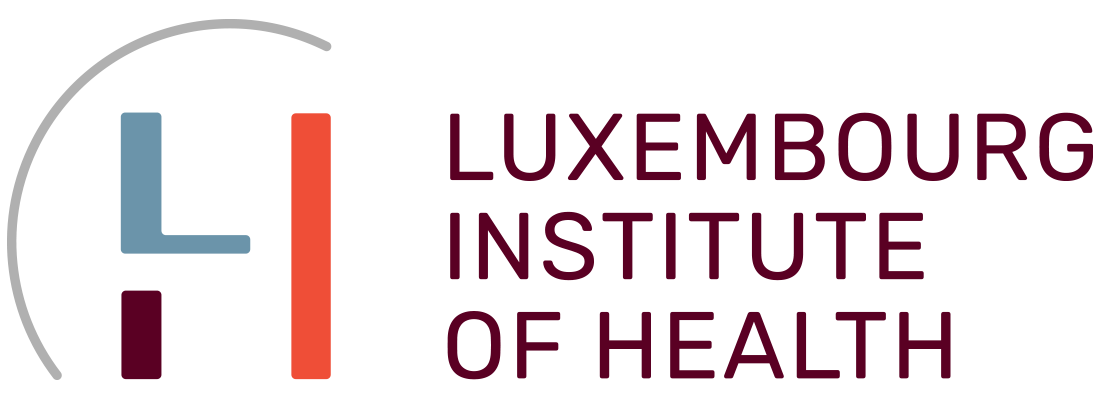Interpretation of best medical coding practices by case-based reasoning - A user assistance prototype for data collection for cancer registries.
There are numerous cancer registries around the world collecting data about cancers diagnosed and/or treated in a given area. This data is used to monitor cancer (incidence rates, survival rates, etc.) and to evaluate cancer care (diagnosis, treatment, etc.). To produce comparable data, common definitions (e.g. terminologies like the International Classification of Diseases (ICD)) and coding practices have to be followed. However, the broadness and complexity of these standards make the work of the medical staff in charge of coding (operators) more difficult. The aim of this research is to address this complexity, by assisting both operators and coding experts in the interpretation of coding best practices. As an illustrating example, let us consider the case of a particular woman. In 2016, multiple pulmonary opacities were discovered within her right lung lobe. A CT scan indicated no mediastinal adenopathy. A histological analysis of a sample identified the morphology of the cancer as adenocarcinoma. The TTF1 marker test was positive. After further testing, another tumor is found in the ovaries. An operator might wonder which topography should be coded (lung or ovaries?) and request help to answer the question. For the Luxembourg National Cancer Registry (NCR), operators ask their questions using an online ticketing system. With the free text description provided by operators, coding experts provide a solution, i.e. an answer with their reasoning in the form of a motivated argument. Section 2 describes an approach to assist the data collection process for cancer registries and how case-based reasoning (CBR [1]) is applied. In Section 3, a prototype and preliminary results are discussed. Section 4 presents a conclusion and points out what further efforts need to be undertaken in the future.
